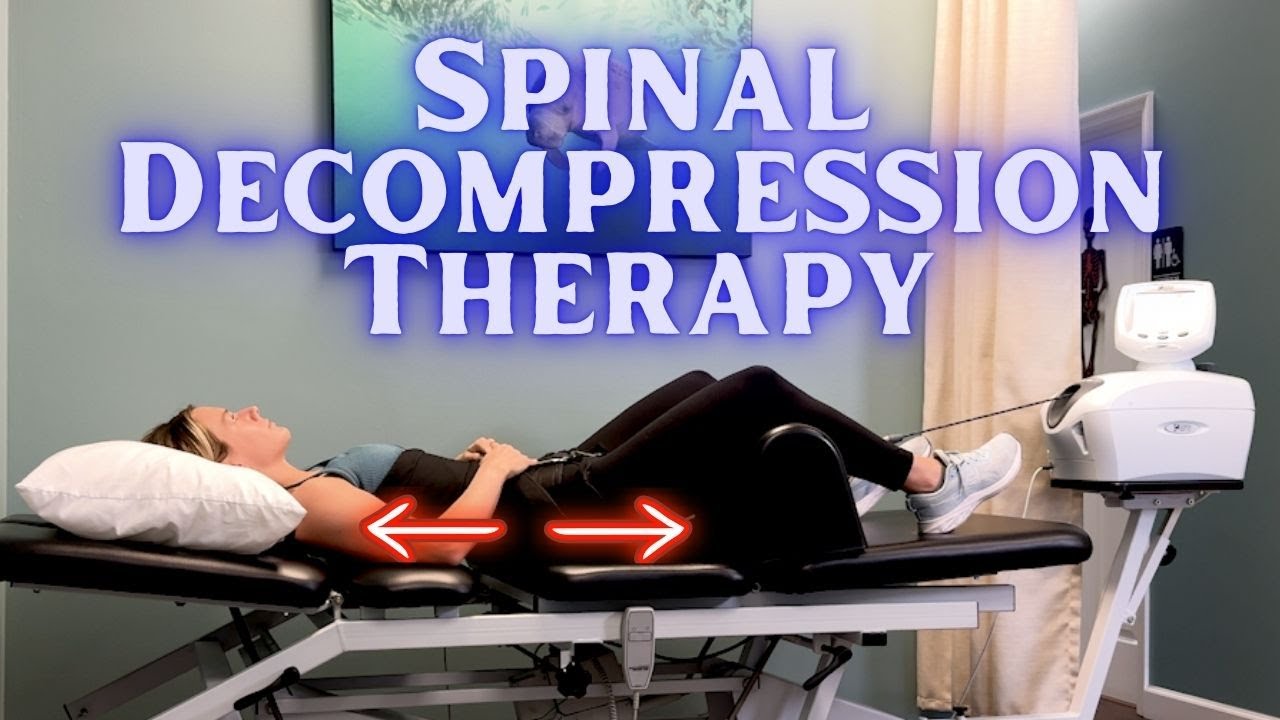DTS System in Physiotherapy refers to the Decompression Traction System, a modern spinal decompression therapy device used in physiotherapy clinics to treat various spine-related conditions, especially involving the cervical and lumbar spine.
What is the DTS System?
The DTS (Decompression Traction System) is a non-invasive, computer-controlled traction system. It helps relieve pressure on spinal discs and nerve roots by gently stretching the spine. This reduces disc herniation, improves nutrient exchange, and promotes healing in the affected spinal structures.
Key Features of the DTS System
- Computerized control: Adjusts angles, tension, and timing for precise therapy.
- Custom protocols: Programs can be tailored based on patient condition and tolerance.
- Positional versatility: Patients can be positioned in supine or prone as needed.
- Safety features: Includes emergency stop and patient comfort controls.
Common Conditions Treated
- Lumbar Disc Herniation/Bulging
- Cervical Radiculopathy
- Sciatica
- Degenerative Disc Disease
- Facet Syndrome
- Spinal Stenosis
- Failed back surgery syndrome
How it Works
- Patient is comfortably strapped to the system (pelvic and thoracic harnesses).
- The DTS unit applies a gentle, controlled pulling force.
- This creates negative intradiscal pressure, promoting retraction of herniated discs.
- Decompression enhances blood and nutrient flow to the disc and surrounding tissues.
- Treatment time usually ranges between 15–30 minutes, depending on the case.
Benefits of DTS Therapy
- Non-surgical and painless
- Improves mobility and function
- Reduces dependency on pain medications
- Long-term relief with consistent sessions
- Can be combined with other treatments (e.g., TECAR, manual therapy, exercise rehab)
Contraindications
- Pregnancy
- Osteoporosis
- Severe obesity
- Spinal fractures or instability
- Tumors or infections in the spine
- Recent spinal surgery
